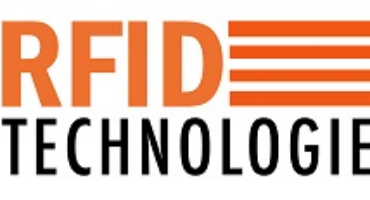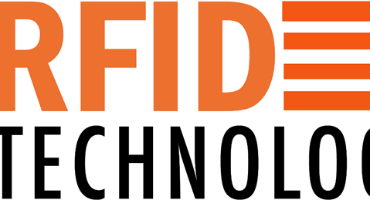NFC chips utilize high-frequency (HF) RFID. In some cases, such as smartphones, it can be bidirectional to enable the sharing of data both ways within a short range of a few centimeters. However, NFC (HF) can only read one item at a time, whereas other RFID systems, such as UHF RFID, can read many tags at once.
A Range of Frequencies Addressing Different Uses - Among passive RFID tags, there are mainly 3 types of frequencies as follows:
• Low frequencies (LF ) uses frequency range of 120KHz to 150KH, enabling reading from shorter distances, ranging from literally contact to 10cm away. Low frequencies - LF RFID is often used for mainly in the access control systems and animal tracking.
• High frequencies (HF) uses frequency from 13.56MHz and can be read from around 30cm. HF RFID is often used in ticketing and payment systems, as well as NFC systems.
• Ultra-High Frequencies (UHF) uses frequency range of 860MHz to 960MHz enable RFID tags to be read from up to five or six meters away. The combination of UHF RFID’s greater range and the ability to read many tags at once from a single reader makes passive UHF RFID the most common type used in supply chain and inventory management, and it is the RFID technology with the largest volumes of tags currently deployed. This article mainly focuses primarily on the ways that UHF RFID is being adopted across industries. These UHF tags are particularly well suited for assets and item-level tagging, in which large numbers of assets items are read on shelves or pallets in stores or warehouses, or as they pass through steps in a supply chain and logistics. There are a range of frequency ranges are used different countries and there is a list
Range of different radio frequencies bands used in the Ultra-High Frequencies (UHF) RFID technology:
ESTI used in the UK and European Countruies : frequency: 865-868 MHz (Europe) & 865-867 MHz (India)
FCC used in the USA & Canada : frequency 902-928 MHz, USA, Canada & Mexico only (hopping frequencies locked)
AS used in Australia ONLY : frequency 920-926 MHz, Australia only (hopping frequencies locked)
NZ used in Newsland : frequency 921.5-928 MHz, New Zealand only (hopping frequencies locked)
OFCA used in Hong Kong L frequency 920-925 MHz, Hong Kong only (hopping frequencies locked)
RW used in the Rest of the World : frequency 902-928 MHz, Rest of the World that are subset of this band: e.g. Philippine, Brazil, Peru, Uruguay, etc.
Taiwan uses frequency 922-928 MHz, Taiwan
China, Malaysia, Singapore, Thailand, etc. use frequency 920-925 MHz, China, Malaysia, Singapore, Thailand, etc.
Japan uses frequency : 916.7-920.9 MHz, Japan
Europe Upper Band uses frequency 915-921 MHz, Europe Upper Band - The frequency band 915 MHz to 921 MHz has only a limited implementation status within the European Union and the CEPT countries.



